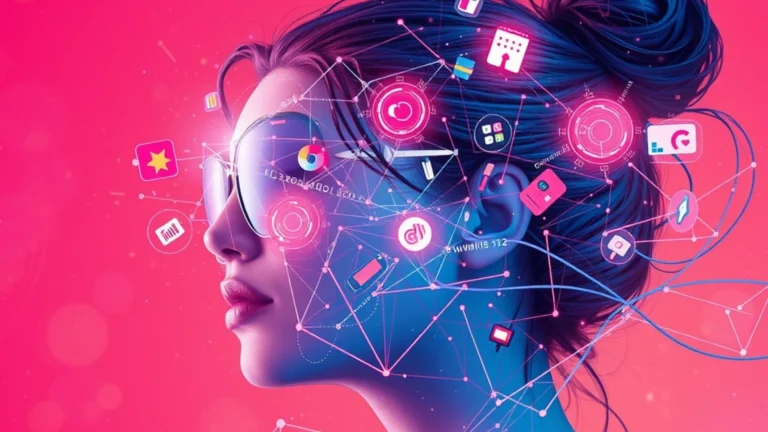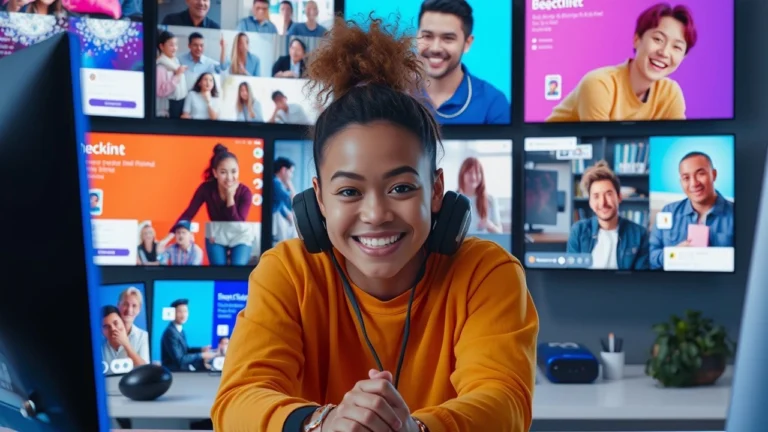The Female Voice in the Creator Economy
Women are transforming the creator economy with authenticity, diversity, and innovation, reshaping digital culture and empowering new forms of creative entrepreneurship.

The past decade has seen the creator economy reshape how individuals make a living, share information, and shape culture. Driven by platforms such as YouTube, TikTok, Instagram, Substack, and Patreon, creators have been able to monetize their craft, art, and thoughts without middlemen. Within this growing ecosystem, the female voice has become increasingly significant—not only in terms of representation but also in shaping the values, narratives, and business models that define this new digital frontier.
Defining the Creator Economy
The creator economy refers to the ecosystem of independent content creators, influencers, writers, artists, educators, and entrepreneurs who build audiences and generate income through digital platforms. This economy feeds on authenticity, connection, and creativity over corporate branding. It is estimated to have more than 200 million creators globally, from part-time social media influencers to full-time digital entrepreneurs.
While early digital spaces were dominated by male voices—especially in tech and gaming—women have steadily claimed more visibility, power, and profitability. Today, women not only participate in this economy but are also redefining what success looks like in it.
Breaking the Gatekeepers’ Hold
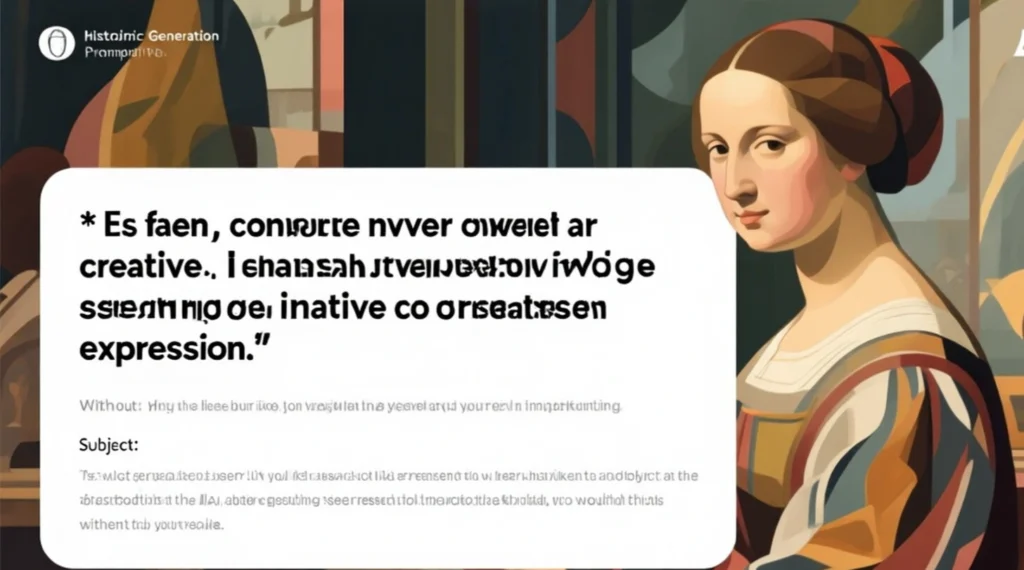
Historically, women’s creative expression was often filtered or controlled by institutional gatekeepers—record labels, publishers, production companies, or advertising agencies. The rise of digital platforms dismantled many of these barriers. A woman with a smartphone and an internet connection can now create, distribute, and monetize her work on her own terms.
This democratization of access has allowed more women to share authentic experiences and diverse perspectives. From beauty vloggers and lifestyle influencers to journalists, activists, and educators, women have found spaces to speak directly to audiences without intermediaries. This direct communication has built a culture of trust, intimacy, and relatability—qualities that many brands now seek to emulate.
The Power of Authenticity
A key reason for the success of female creators is their mastery of authentic storytelling. Women in the creator economy often focus on transparency, community, and personal connection rather than perfection. This approach resonates strongly with audiences who are tired of polished corporate marketing.
For instance, creators like Emma Chamberlain have redefined influencer culture by embracing imperfection, vulnerability, and humor. Similarly, entrepreneurs like Huda Kattan and Chiara Ferragni turned personal expression into multi-million-dollar brands, blending authenticity with entrepreneurship. Their success underscores how emotional connection can be just as powerful as technical skill or production value.
Economic Empowerment Through Creativity

The creator economy has also become a pathway to economic independence for many women. Freelancing, sponsorship deals, digital courses, and merchandise sales offer multiple income streams. Instead of relying on traditional employment structures—which often undervalue women’s labor or restrict flexibility—female creators can design careers that align with their values and lifestyles.
Platforms like Patreon and Substack have further expanded monetization opportunities, enabling writers, artists, and educators to earn directly from their followers. Many women have leveraged these platforms to build sustainable businesses around niche communities—from mental health advocates and parenting coaches to environmental activists and financial educators.
However, the financial landscape is not without challenges. Studies show that women creators often earn less than men, even when engagement metrics are similar. Gender bias in brand partnerships, algorithmic visibility, and audience expectations continues to create income disparities. Nevertheless, as more women gain business acumen and collective bargaining power, the gap is slowly narrowing.
Representation and Diversity
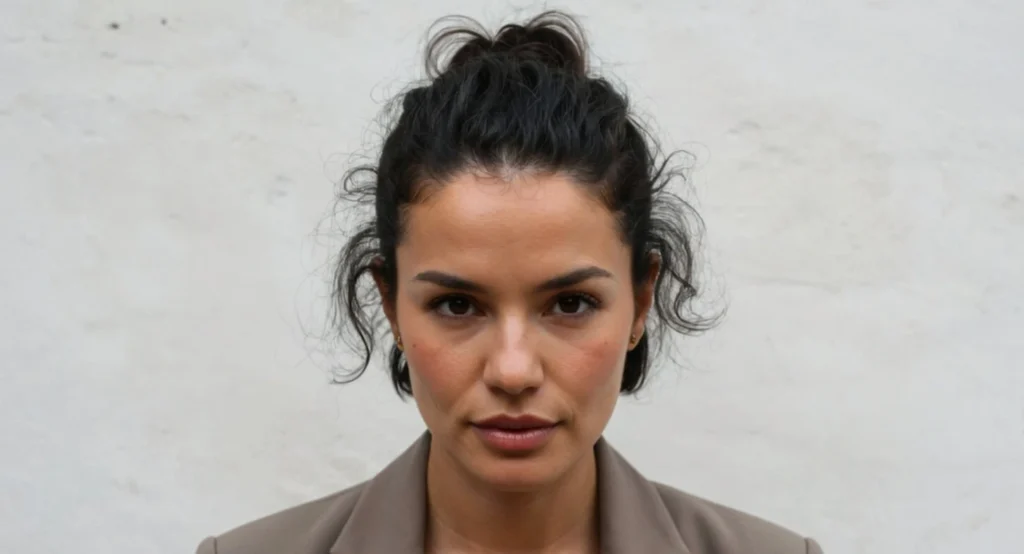
The female voice in the creator economy is not monolithic—it is richly diverse. Women from different racial, cultural, and socioeconomic backgrounds are challenging stereotypes and broadening representation. Black, Latina, Asian, and Indigenous creators have built strong communities that highlight intersectional experiences and advocate for inclusivity in digital spaces.
For example, Black beauty influencers have reshaped global beauty standards by championing diverse skin tones and natural hair. Similarly, LGBTQ+ women and non-binary creators use their platforms to challenge gender norms and foster acceptance. These voices have transformed the creator economy into a space for social commentary and activism, not just entertainment.
This diversity also exposes systemic inequalities that persist in online spaces—such as algorithmic bias, harassment, and unequal access to brand deals. Platforms are slowly responding with inclusion initiatives, but real progress depends on sustained advocacy and audience awareness.
Challenges in the Digital Landscape
While the creator economy empowers women, it also presents unique challenges. Digital burnout, online harassment, and algorithmic pressure are constant threats to well-being and creativity. Women, especially those with large audiences, often face disproportionate scrutiny, trolling, or objectification.
Additionally, the expectation to constantly produce content can be emotionally draining. The line between personal life and public persona blurs easily, leading to mental fatigue. Successful female creators increasingly speak out about these pressures, encouraging healthier work boundaries and transparency around mental health.
Monetization algorithms can also amplify inequality. Platforms that reward virality or engagement tend to favor certain content types—often those that fit conventional beauty standards or sensational trends. This dynamic can marginalize women whose content focuses on education, activism, or niche topics. To navigate this, many female creators diversify their income sources and use newsletters, podcasts, and community platforms to retain control over their audiences.
Collaboration Over Competition
Another hallmark of the female presence in the creator economy is a focus on collaboration rather than competition. Women creators frequently build supportive networks—sharing resources, co-creating projects, and mentoring newcomers. Initiatives like all-female creator collectives, networking events, and digital communities have fostered solidarity and skill sharing.
This spirit of cooperation challenges the traditional, male-dominated business mindset of zero-sum competition. Instead, it reflects a more sustainable model of growth where success is collective. Such collaboration not only benefits individual creators but also strengthens the overall ecosystem by promoting inclusivity and innovation.
The Future of the Female Creator
Looking ahead, the influence of women in the creator economy will continue to expand. The rise of AI tools, digital storytelling, and new monetization platforms will open further opportunities for creative entrepreneurship. As women gain more access to venture funding and mentorship, their role as digital pioneers will deepen.
Moreover, audiences are increasingly demanding ethical and diverse representation from brands. Companies that fail to support women creators or undervalue their influence risk losing cultural relevance. Brands and platforms that champion female voices—especially those from marginalized communities—will shape the next phase of digital creativity.
Conclusion
The female voice in the creator economy represents more than a trend—it signifies a shift in cultural power. Women are not only participating in this digital revolution; they are defining its ethics, aesthetics, and values. Through authenticity, community, and innovation, they are reshaping how creativity intersects with commerce and social change.
While challenges remain—ranging from income inequality to online harassment—the momentum is unmistakable. The future of the creator economy will be increasingly collaborative, inclusive, and human-centered, largely because of the women who continue to redefine what it means to create, share, and thrive online.
